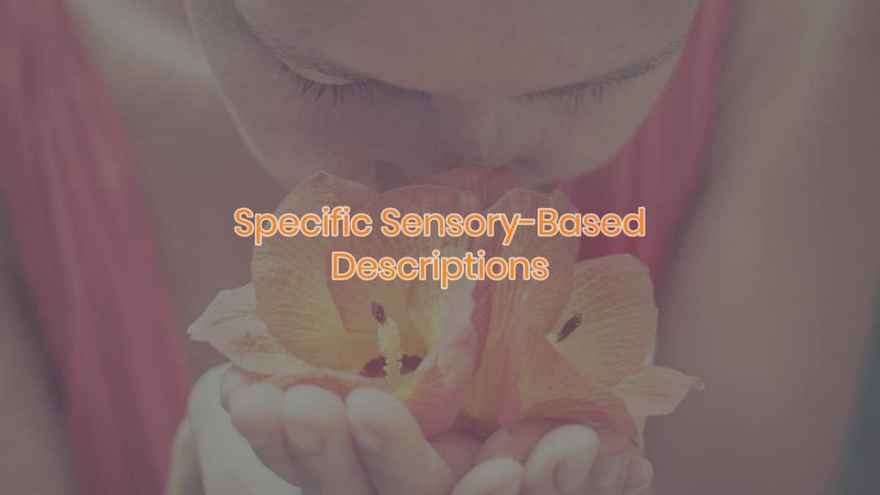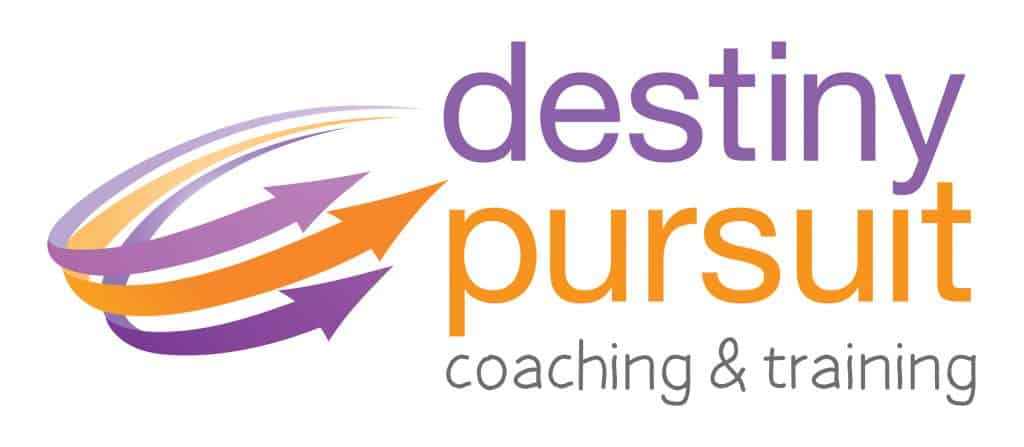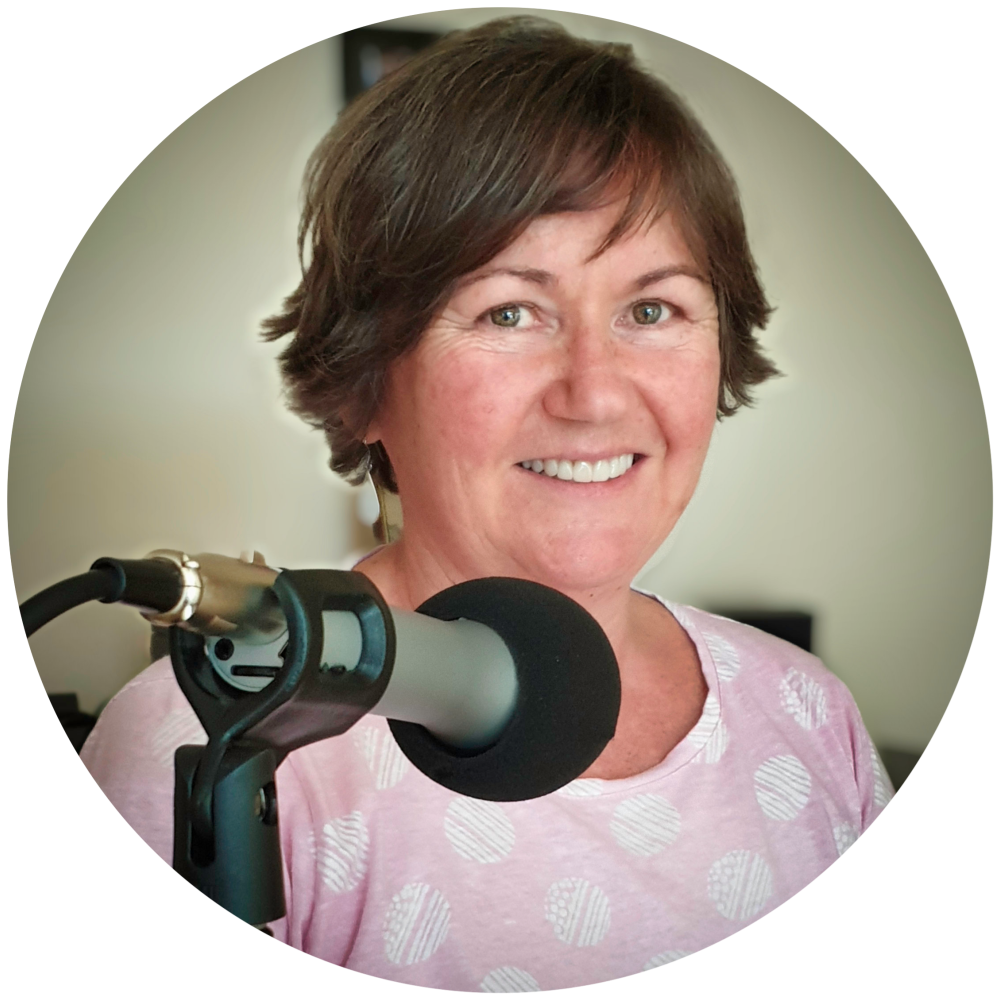Specific Sensory-Based Descriptions - NLP Matters, Episode #025

The NLP technique of Well-Formedness Conditions adds the final layer to the journey of Building Our Successful Life by ensuring that our goals are robust and ready to go.
When we apply the Well-Formedness Conditions to our goal, we are doing our final check to confirm both the absolute alignment and resilience of our goals. We have so far looked closely at the first two steps - stating our goal in the positive and having the goal self-initiated and self-maintained. The next step is all about providing the detail around our goal.
Why do we want to specify our outcome in detail?
Listen to the podcast to learn more.
Listen to the Podcast
Here are some key takeaways from this episode:
- The more detail a goal has, the more real the goal becomes.
- The unconscious mind loves sensory specific details. The more specific you get about what you will see, hear, feel, maybe even smell and taste, the more your unconscious mind will connect and engage with your goal.
- The less sensory specific detail you provide in constructing a goal, the easier it is for the unconscious mind to disengage and lose interest, or perhaps even sabotage your ambitions.
- It is very difficult to maintain our motivation if a goal is very abstract or vague. This is because the unconscious mind loves to serve us. Our attention and focus will absolutely shift to taking the easiest path, the path of less resistance. In other words, the most comfortable option.
- You need to give your unconscious mind a goal that is clearly specified with great sensory detail that is attractive to both your conscious and unconscious minds. Having a clearly specified goal also eliminates any temptation to stay comfortable, to take it easy, and give up on the goal.
- Another benefit of defining a goal with rich and specific sensory-based detail is that it emphasises the difference between where you are now and where you will be when you do achieve your goal. This stark contrast makes it even more attractive for your unconscious mind to take you on the path from point A to point B, because when you can clearly see the benefits of achieving your goal then you really feel inspired and motivated.
- The type of details that you include in your goal definition is critical. These details must be sensory-specific - what can you see, hear, and feel? You can also describe what you can smell and taste.
- Our unconscious mind is an expert at using our senses to interpret and respond to the world. When we create a sensory-based description of our goal, our unconscious mind understands it and focuses on these descriptions.
- Our unconscious mind doesn’t think of time in the way our conscious mind does. Whilst, our conscious mind thinks in terms of past, present and future, our unconscious mind has no distinction. Describing your goal in terms of your senses and in the present, enables your unconscious mind to behave as if you have already achieved your goal.
- It is also important to define in sensory detail the step required for you to reach your goal. Defining the steps using sensory specific details creates a bridge for your unconscious mind to move from your present reality to the realisation of your goal.
- Combining the sensory-based descriptions of your goal with the descriptions of the steps lays down the path, which is especially important to your unconscious mind because it means that you will now notice and focus on what steps to take along the way of achieving your goal.
How to Create Specific Sensory-Based Descriptions
- Specify the outcome as if it is happening now (in present tense).
- Use visual, auditory and kinaesthetic (feeling) language to enrich and fully bring the goal to life.
- Describe all the things you can see -colours, objects, light, big or small, direction
- Add what you can hear - external noises that you can hear.
- Then, notice what you can fee - as in touch (not feel as in emotions)
- You can write down What is the weather like outside? Who is with you? What are people saying? What are you wearing?
- Think about what other details can you add to make your amazing future even more real for you.
- You can also capture the sensory specific information on a vision board – with pictures, symbols, words and objects that make the goal even more real.
- There are lots of very cool ways you can imagine yourself achieving your goals, and any combination of them will work. Focusing on or worrying about something that might not happen or fretting about whether this particular set of circumstances occurs is just a common success avoidance strategy where we throw unnecessary obstacles in our own way.
- Once you have created a sensory-based description of you achieving your goal, and you have a clear picture of your desired outcome, you can then work backwards from your outcome to lay out the steps from there all the way back to the present situation.
- Beginning with the end in mind and working your way back to the present situation is a powerful strategy, because unless you know where you are ultimately going, how can you know how to get there?
- It is only when you know in sensory-based detail what the goal will look like, sound like, feel like, that you can accurately work out the steps required to get you there.
Applying the Well-Formedness Conditions to build that certainty into our goal and the steps on the way means that our outcome or goal is so real, it is already ours and all we are doing is following the plan and waiting for time to catch up.
In our next episode, we’ll dive into the fourth and fifth steps of the Well-Formedness Conditions - checking our goal is ecological and confirming we have more than one way to get there.
Listen to the Podcast
Joanne Clark
Joanne Clark is an Internationally accredited Master Trainer of NLP who has been delivering NLP training since 2011. Being on her feet in front of training rooms is where Jo loves to be and her passion for inclusive and immersive training that delivers outstanding learning outcomes is apparent to everyone in her training rooms. On average Jo delivers 140 days of training per year in addition to online webinars, guest speaker events and group coaching.
“NLP is at the core of all my training and coaching, it is at the core of who I am, how I interact and connect with people. I am absolutely passionate about spreading the NLP tools across the planet as I endeavour to support Robert Dilts’s vision of Creating a world to which people want to belong.” Joanne Clark
Certified Master Trainer of NLP; Master Practitioner NLP, Hypnotherapy & Matrix Therapies; Performance Coach; Cert IV Coaching; Advanced Practitioner in Coaching; Cert IV in Business; BA(Hons); Majors in Sociology and Psychology; Parent Education Leadership Training (PELT) Certificate; Mother of four children; Private Pilot (PPL); Diploma in Life Coaching


0 comments
Leave a comment
Please log in or register to post a comment